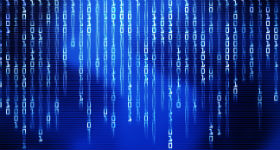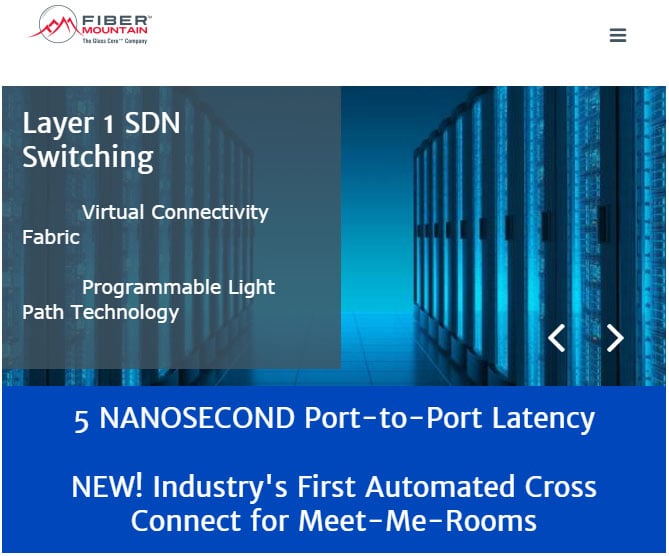Washington State University Develops Data Center on a Chip
We've all heard of system on a chip (SoC) systems, and recognized the power that these tools could ultimately bring to the market. It was easy to wonder from there what would happen if SoCs were put into a kind of network, turning one SoC into an entire bloc of SoCs. That's actually not too far from what recently happened with a Washington State University research team, as it recently designed a wireless system that would act like, essentially, a data center on a chip.
With such a system in play, reports suggest, the data center could eventually be reduced to a scale that's down around “hand-held device” level rather than the current “room-filler” level we're seeing. It's representing a major change in the way people consider big data operations, and the research team recently landed a $1.2 million grant from the National Science Foundation to pursue the development further.
With the size of a data center vastly reduced, reports note, the biggest development will be huge energy savings. Reports from 2013 say that

data centers, on average, consumed about 91 billion kilowatt-hours of electricity annually, or roughly, the output of 34 coal-fired power plants. While there have been substantial reductions from individual data centers, the end result is still a lot of juice pouring directly into the data center.
Plus, data centers use an inefficient conventional wired connection, a further development to be solved by a data center on a chip system that could be used with wireless connections. Improved processors are also involved, going from so-called “two dimensional” chips to three-dimensional chips, operating at both nano- and microscales that allow for much faster and more efficient data movement.
A data center reduced to a hand-held device could do more than just reduce power consumption, though; such a system could result in personal cloud computing options, or the ability to even take big data projects on at the personal level. Though what could be even more impressive, however, is what happens when the data center on a chip concept turns into one small device, which then might end up networked itself? Instead of a room filled with one data center, what happens if we have a room full of hand-held-sized devices, each representing a data center? That could represent a lot of processing power in one place, the kind of processing power that boggles the mind.
We'll have a while to wait before this concept fully boils down, but it's likely to yield some extraordinary developments all the same. A data center was powerful enough...but this could make data centers as ubiquitous as smartphones.
Edited by Alicia Young


